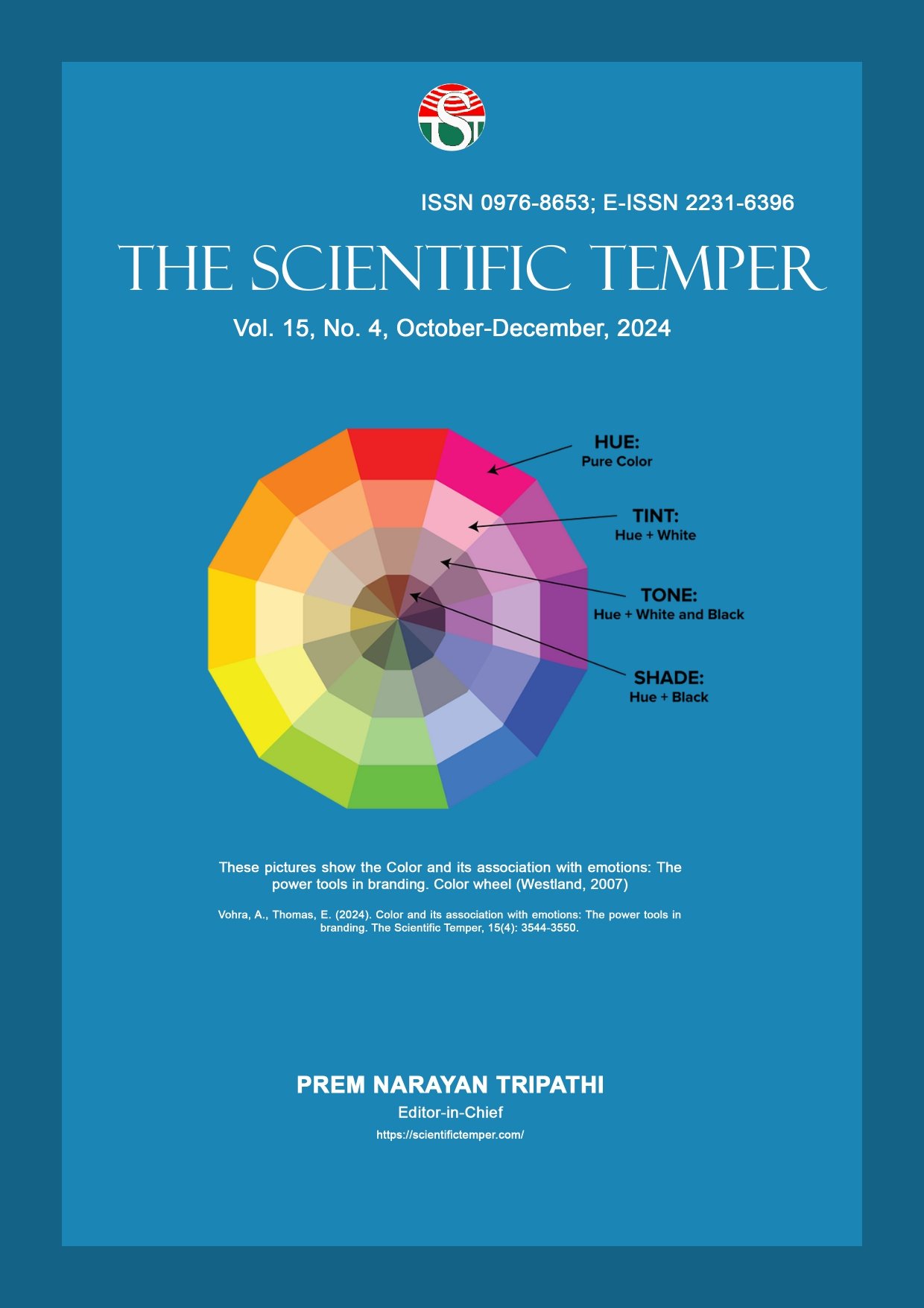Quantitative transfer learning- based students sports interest prediction using deep spectral multi-perceptron neural network
Downloads
Published
DOI:
https://doi.org/10.58414/SCIENTIFICTEMPER.2024.15.spl.47Keywords:
Students, Sports behavior, Deep learning, Multi-perceptron neural network, Mutual, Behavioral feature analysis.Dimensions Badge
Issue
Section
License
Copyright (c) 2024 The Scientific Temper

This work is licensed under a Creative Commons Attribution-NonCommercial-ShareAlike 4.0 International License.
Sports performance predictions are essential in understanding student interest rates. Early indications of student progress facilitate athletic departments to improve their learning interests and make students perform better. Interests in sports involve understanding key physical factors that significantly impact students’ sports behavior and various other influencing factors. Deep learning techniques were used to develop a predictive model for student interest performance and support to identify the essential relationship influencing students’ sports behavior. Identifying sports interests is complex because student interests represent different features. Existing methods cannot predict the features and the relationship between their related attributes. Therefore, previous methods had low accuracy high time, and error rate performance. To resolve this problem, a deep learning (DL) based sports interest prediction model was proposed using a deep spectral multi-perceptron neural network (DSMPNN) to identify student sports interests. Initially, the preprocessing is carried out by Z-score normalization to verify the actual margins of student interest rate to make normalization by comparing the ideal and essential margins of student interest through behavioral feature analysis using student behavioral sports interest rate (SBSIR). According to the feature dimensionality reduction, the non-relational features are reduced using the spider foraging feature selection model (SFFM) to select the essential features. Then, a deep spectral multilayer perceptron neural network (DSMPNN) is applied to predict student interest by class sports interest. The classifier proves the prediction accuracy, precision, and recall rate of up to 96% high performance to analyze the interests of the sport. The suggested system also produces higher performance than the other system.Abstract
How to Cite
Downloads
Similar Articles
- M. Iniyan, A. Banumathi, Brower blowfish nash secured stochastic neural network based disease diagnosis for medical WBAN in cloud environment , The Scientific Temper: Vol. 15 No. 03 (2024): The Scientific Temper
- M. Rajalakshmi, V. Sulochana, Enhancing deep learning model performance in air quality classification through probabilistic hyperparameter tuning with tree-structured Parzen estimators , The Scientific Temper: Vol. 14 No. 04 (2023): The Scientific Temper
- Sudheer Choudari, K. Rajasekhar, Ch. Sudheer, Comparative study of the foundation model of a 220 kV transmission line tower with different footing steps - Finite element analysis , The Scientific Temper: Vol. 15 No. 03 (2024): The Scientific Temper
- Shaik Khaleel Ahamed, Neerav Nishant, Ayyakkannu Selvaraj, Nisarg Gandhewar, Srithar A, K.K.Baseer, Investigating privacy-preserving machine learning for healthcare data sharing through federated learning , The Scientific Temper: Vol. 14 No. 04 (2023): The Scientific Temper
- Manju Yadav, B.P. Singh, A Study of Environmental Awareness and Academic Achievement of Under-Graduate Tribal Students in Satna District (M.P.) , The Scientific Temper: Vol. 12 No. 1&2 (2021): The Scientific Temper
- T. Kanimozhi, V. Rajeswari, R. Suguna, J. Nirmaladevi, P. Prema, B. Janani, R. Gomathi, RWHO: A hybrid of CNN architecture and optimization algorithm to predict basal cell carcinoma skin cancer in dermoscopic images , The Scientific Temper: Vol. 15 No. 02 (2024): The Scientific Temper
- K. Sreenivasulu, Sampath S, Arepalli Gopi, Deepak Kartikey, S. Bharathidasan, Neelam Labhade Kumar, Advancing device and network security for enhanced privacy , The Scientific Temper: Vol. 14 No. 04 (2023): The Scientific Temper
- Archana G, Vijayalakshmi V, Improving classification precision for medical decision systems through big data analytics application , The Scientific Temper: Vol. 15 No. 04 (2024): The Scientific Temper
- Abhishek Dwivedi, Nikhat Raza Khan, Reconfiguration of Automated Manufacturing Systems Using Gated Graph Neural Networks , The Scientific Temper: Vol. 13 No. 02 (2022): The Scientific Temper
- Jayalakshmi K., M. Prabakaran, Feature selection in HR analytics: A hybrid optimization approach with PSO and GSO , The Scientific Temper: Vol. 15 No. spl-1 (2024): The Scientific Temper
<< < 1 2 3 4 5 6 7 8 9 10 > >>
You may also start an advanced similarity search for this article.


